REDSTONE ARSENAL, Ala. -- In his first official appearance in Huntsville as the next commander of the Space and Missile Defense Command/Army Forces Strategic Command, Maj. Gen. Richard Formica expressed what has become a common theme among the officers who find themselves assigned to Redstone Arsenal - an appreciation for the opportunities and synergy that such an assignment can bring.
"I sincerely look forward to joining your team here in Huntsville ... Thank you for your commitment to Soldiers and families," Formica said, mentioning the community's technology expertise and military support.
Formica, who is currently serving on the headquarters staff at the Department of the Army, was most recently the commanding general of the Combined Security Transition Command in Afghanistan. He has been selected for promotion and to become the commander of SMDC/ARSTRAT upon the retirement of current SMDC/ARSTRAT commander Lt. Gen. Kevin Campbell.
Formica's remarks, made during his Aug. 17 luncheon keynote address at the 13th annual Space and Missile Defense Conference at the Von Braun Center, were fitting for an event dedicated to yet another general - retired Lt. Gen. Larry Dodgen, a former commander of both the Aviation and Missile Command, and SMDC/ARSTRAT who died earlier this year - and recognizing the best Soldiers in air and missile defense.
"He was a man of substance dedicated to this Army," Campbell told attendees at the opening of the conference as he made the dedication to Dodgen.
"When you talk about Army values and the warrior ethics, this man certainly lived by those. If those are the standards by which we judge a Soldier, then Larry Dodgen gets an A plus."
Dodgen was remembered at a conference that also introduced SMDC/ARSTRAT's most recognized Soldiers. The command's NCO of the Year - Staff Sgt. James Harris, Delta Detachment, 1st Space Brigade -- and Soldier of the Year - Spc. Matthew McLeod, Delta Company, 53rd Signal Battalion, 1st Space Brigade -- were recognized along with five Soldiers - Sgt. 1st Class Kelly Hart, Sgt. 1st Class Charles Ahlborn, Sgt. 1st Class Joseph Collins, Staff Sgt. Guy Jackson and Staff Sgt. James Harris, all of the 1st Space Brigade -- who were inducted into the Sgt. Audie Murphy Club.
"These Soldiers are in the top 2 percent of NCO officers in the Army," presenter 1st Sgt. William Murphy of SMDC/ARSTRAT Headquarters and Headquarters Company said of the Audie Murphy honorees. "They were selected by their leadership, professionalism and overall general military knowledge."
Murphy, now deceased, is a Medal of Honor recipient and a legendary World War II combat Soldier. After the war, he became a Hollywood star and appeared in 44 motion pictures, one of which was based on his autobiography "To Hell and Back." In the 1960s, Murphy spoke out about his own problems with post traumatic stress disorder (then called battle fatigue), and urged the government to give more study to the emotional impact of war and to extend health care benefits to address the mental health problems of war veterans.
Although Formica's remarks were related mainly to the Army's future, its air defense capabilities and how it is transforming to meet the responsibilities for air and missile defense, the two-star general also spoke about the cost that today's wars, conflicts and humanitarian efforts are having on the human side of the Army.
"Our Army, as you know, is stretched by nine years of combat in Afghanistan and Iraq ... and humanitarian missions around the world in places like Haiti, Pakistan and elsewhere," he said. "Global security needs will continue to strain our forces and be characterized by persistent conflict."
The proliferation of weapons by rogue nations - ballistic and cruise missiles as well as weapons of mass destruction - combined with issues related to failing states and governments, cause the Army to be increasingly out of balance, he said, with active duty units deploying every second year and Reserve units deploying every fourth year.
"Soldiers and families are stressed by the strain of multiple deployments. Today's Army is working hard to bring itself back into balance," Formica said, adding that the Navy, Air Force and Marines along with contractors and coalition partners are all helping to shoulder the cost of war.
Formica listed four key imperatives to restoring the Army's balance - sustaining and growing the volunteer force, preparing Soldiers with better training and support, modernizing equipment, and transforming the Army's processes and tactics.
He believes the Army can regain its balance by the end of fiscal 2011 and meet the challenges of the future if it works to support democratic governments worldwide, engage in the development of democratic societies, support civil authorities, and deter and defect hybrid threats.
To that end, the Army requires "disciplined units and Soldiers" that are versatile, agile, lethal, expeditionary, interoperable and sustainable. Most of all, the Army requires "resilient Soldiers and families," he said.
The Army needs "integrated air and missile defense forces" to protect the homeland and coalition forces and allies, and to deter would-be aggressors, he continued.
When it comes to air and missile defense capabilities, "over 90 percent of Army Patriot forces are deployed ... The air and missile defense force is growing ... There will be 15 battalions by the end of fiscal 2010 and an increasing demand of deployment of these units," Formica said.
The Army is also growing the number of Patriot Advance Capability 3 and Terminal High Altitude Area Defense missile batteries and Avenger battalions. It is expanding THAAD and Joint Land Attack Cruise Missile Defense Elevated Netted Sensor capabilities, and modernizing air and missile defense equipment (such as the new Medium Extended Air Defense System) while maintaining capabilities in a "complex and changing operational environment," he said. MEADS is intended to replace the aging Patriot missile system through a NATO-managed development project involving the U.S., Germany and Italy.
Formica went on to say that "integrated air and missile defense is inherently a joint venture. It is complex and involves numerous stackholders. Air and missile defense capabilities feature prominently at the U.S. strategic and combatant commands."
Transforming the Army is about keeping a strong force structure while lowering costs, he said. To do that, the Army must "leverage capabilities that already exist and that enable us to integrate rather than replicate the considerable capabilities of the commands."
"Your Army is strained by the demands of war and our many global commitments," Formica said. "It continues to transform to remain relevant and ready for the future. And the (air and missile defense) force will remain a critical and viable capability that we expect to be in high demand today and in the future."
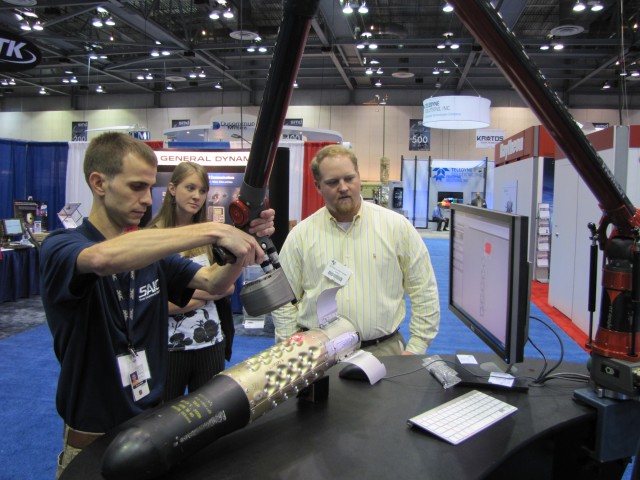
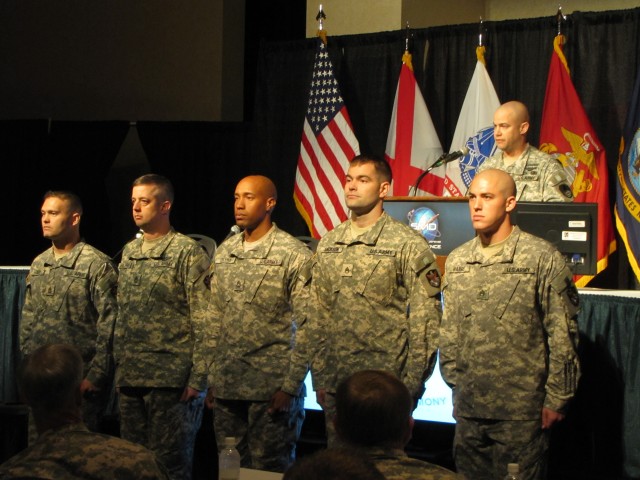
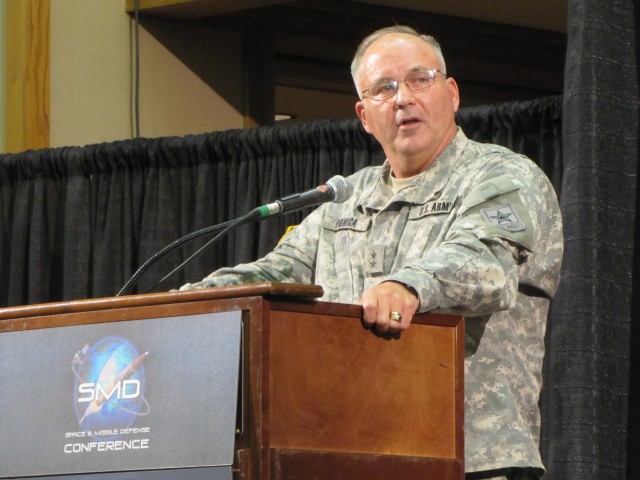
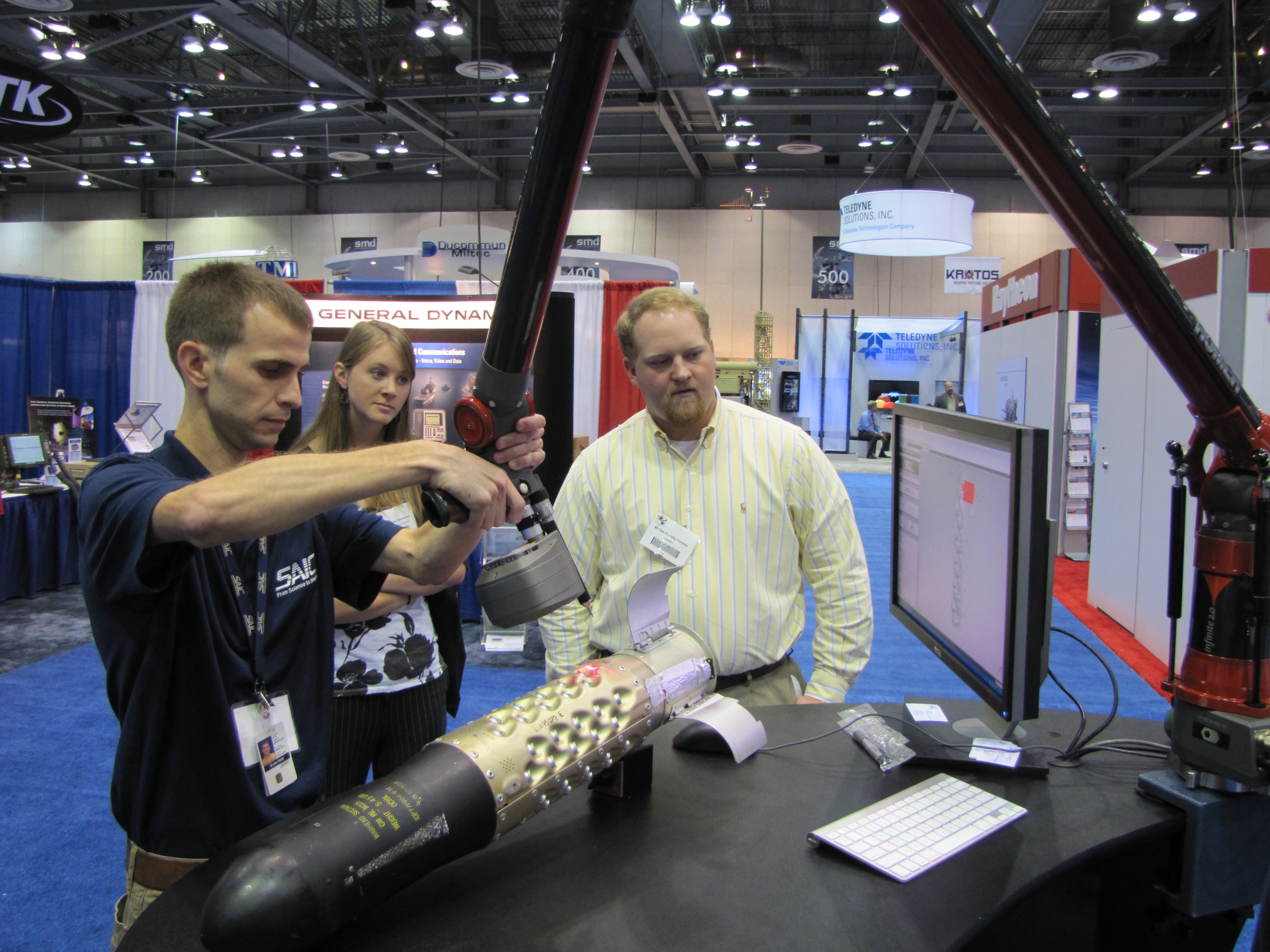
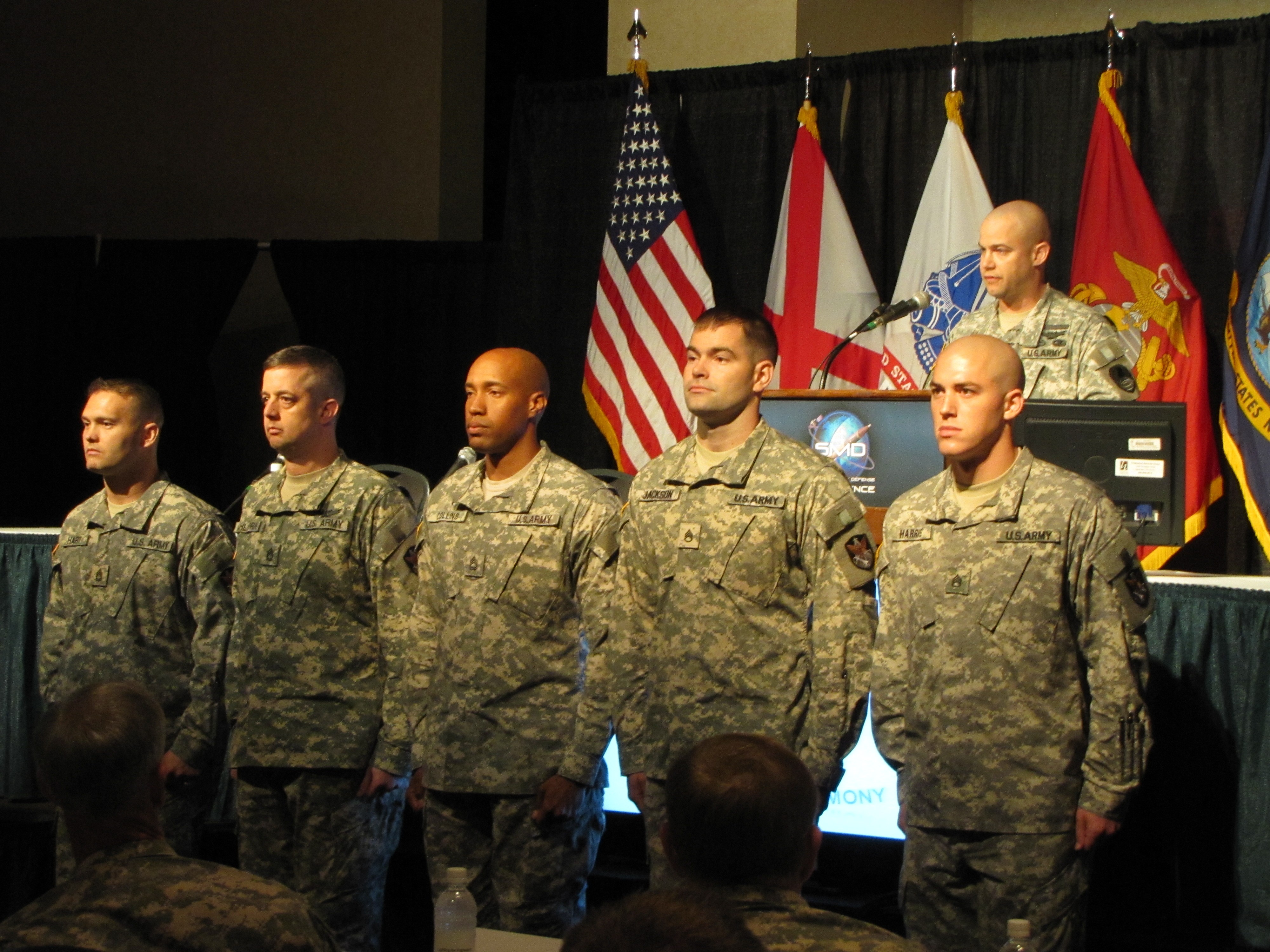
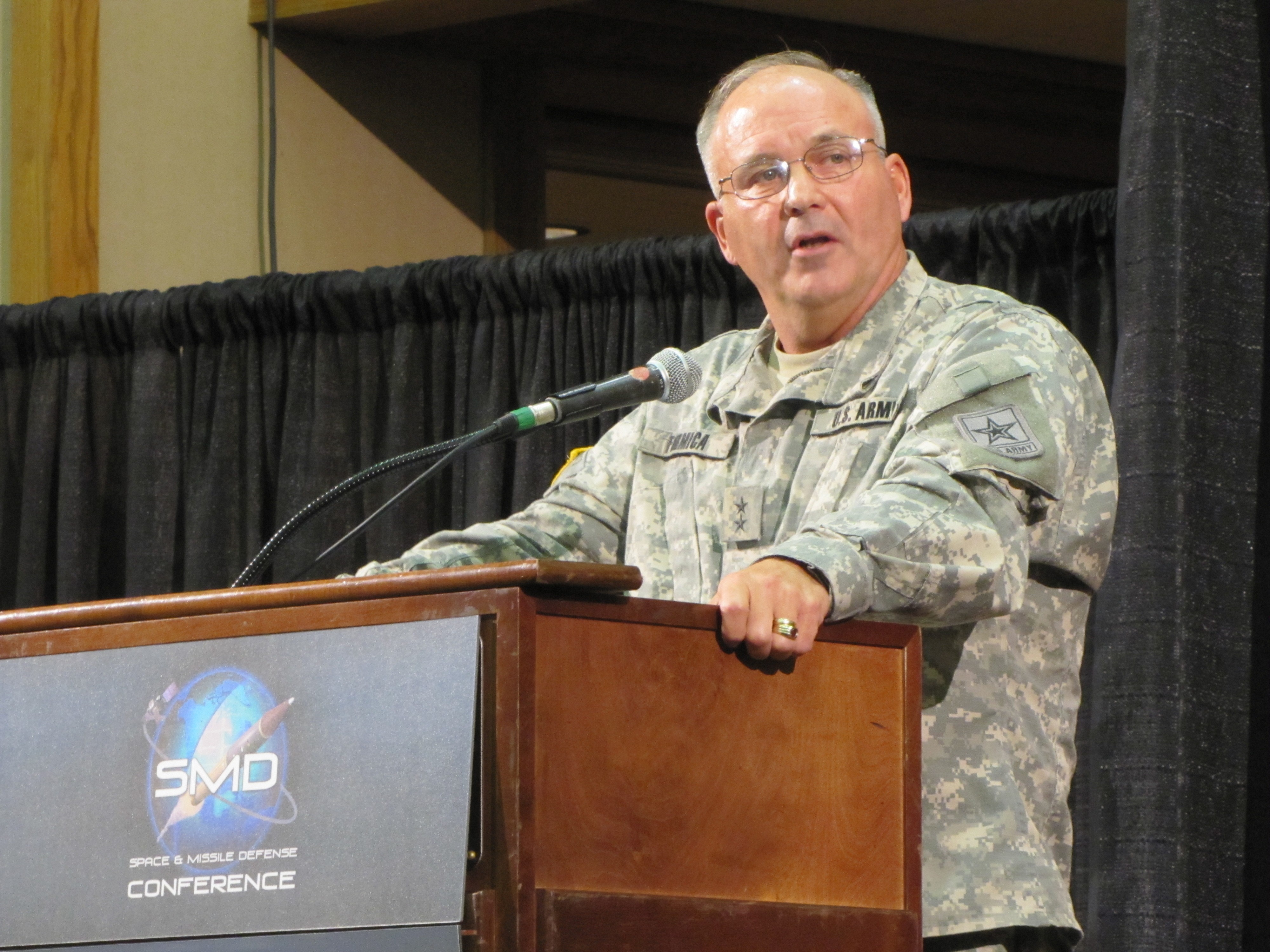
Social Sharing